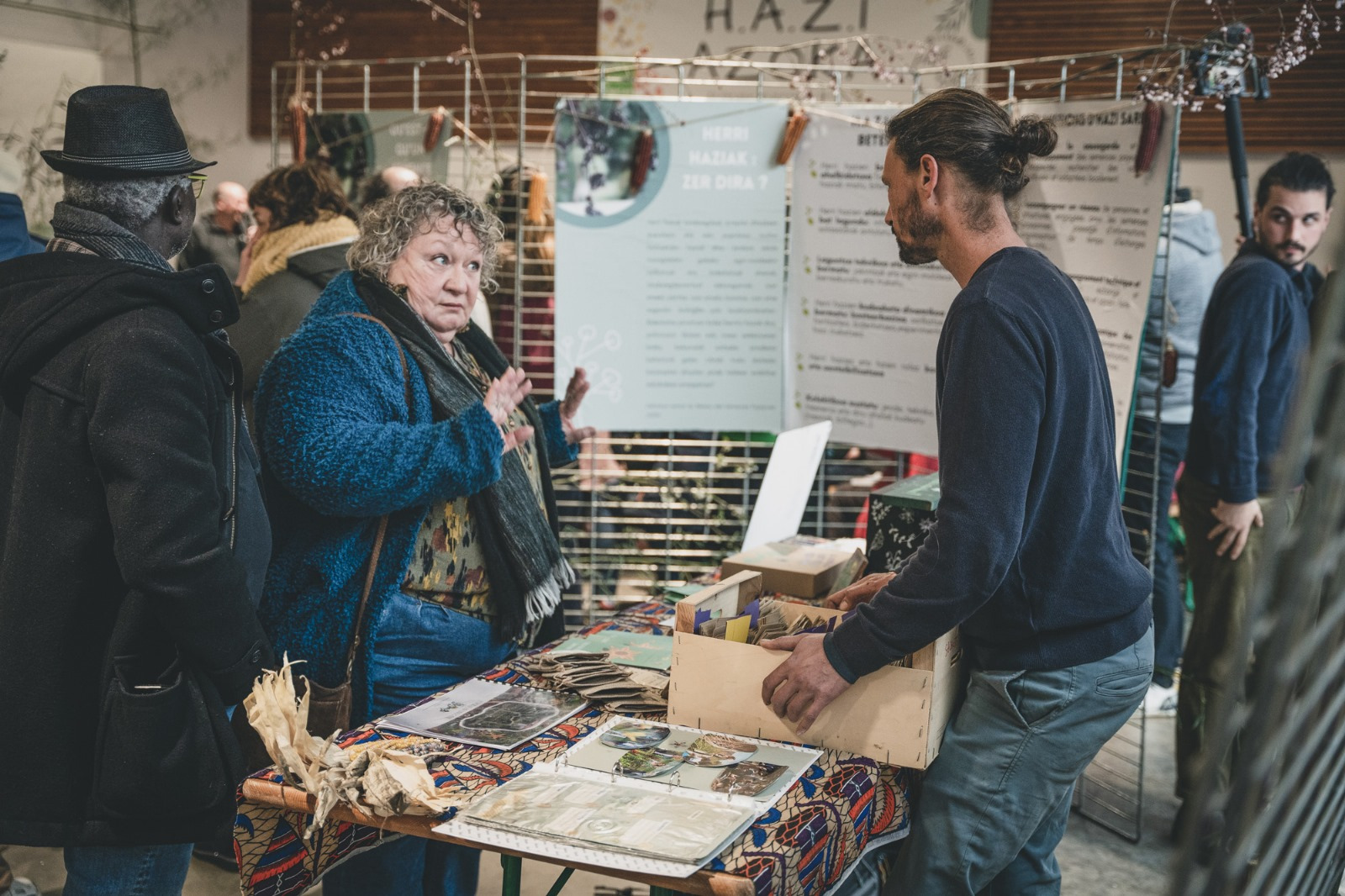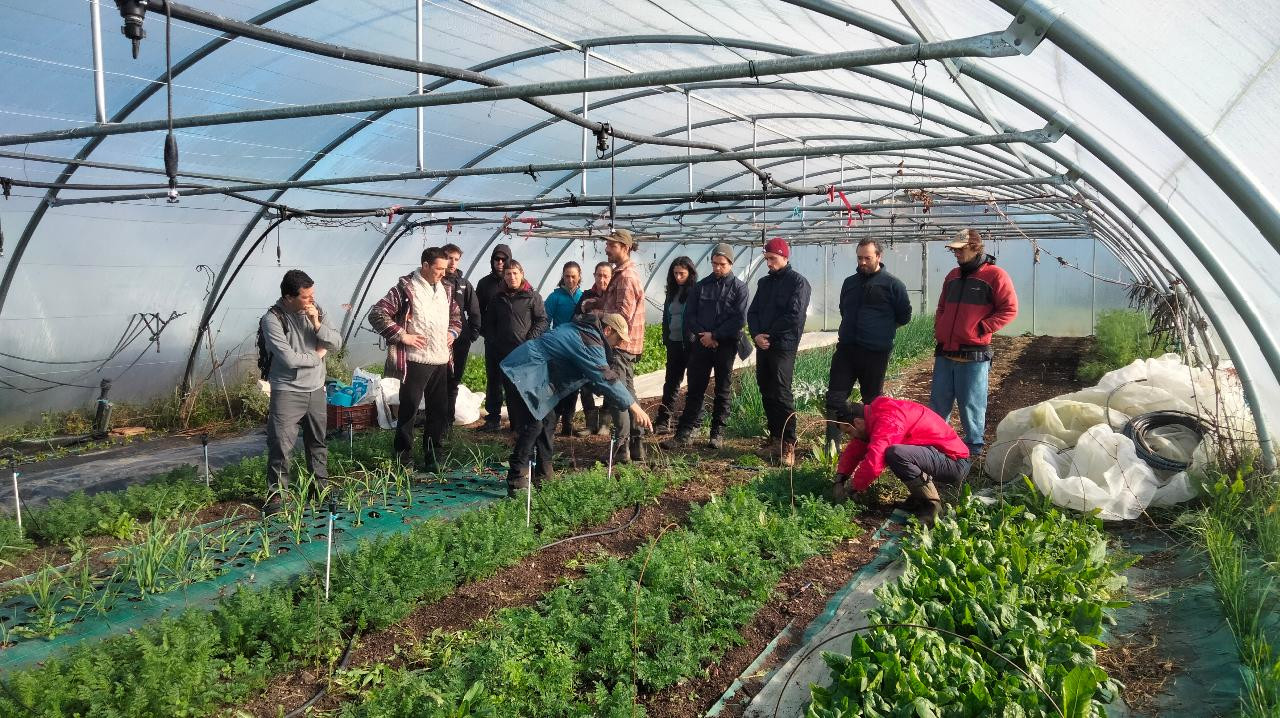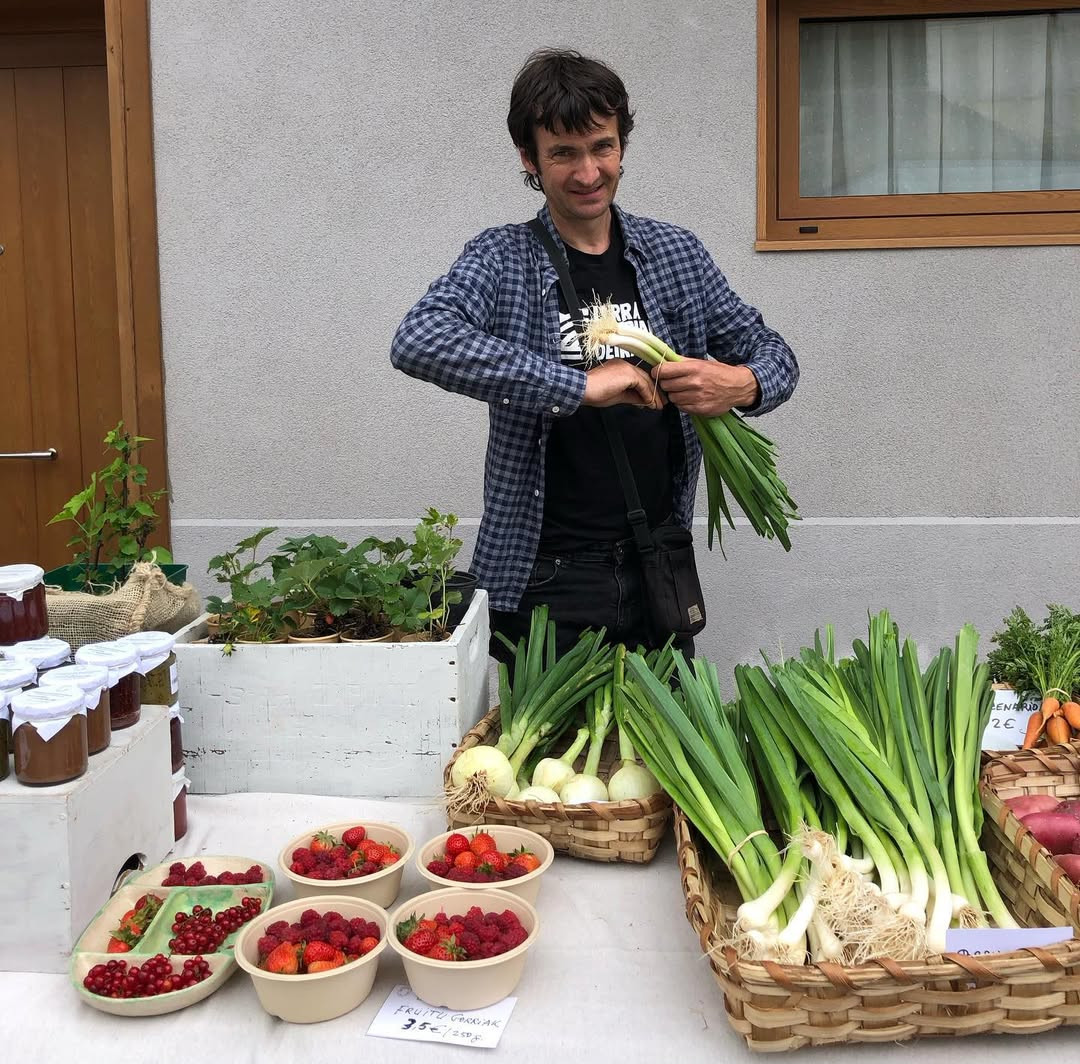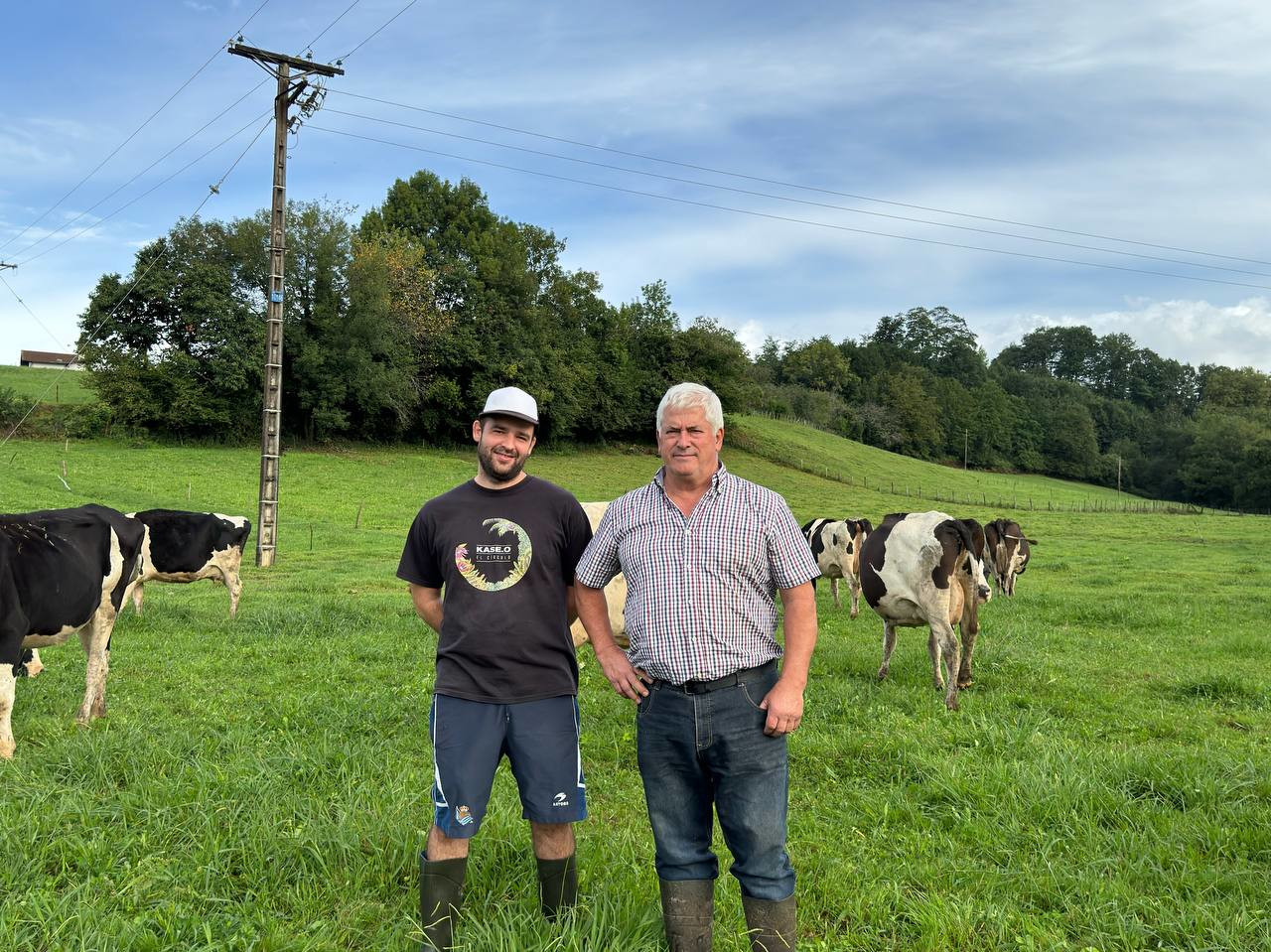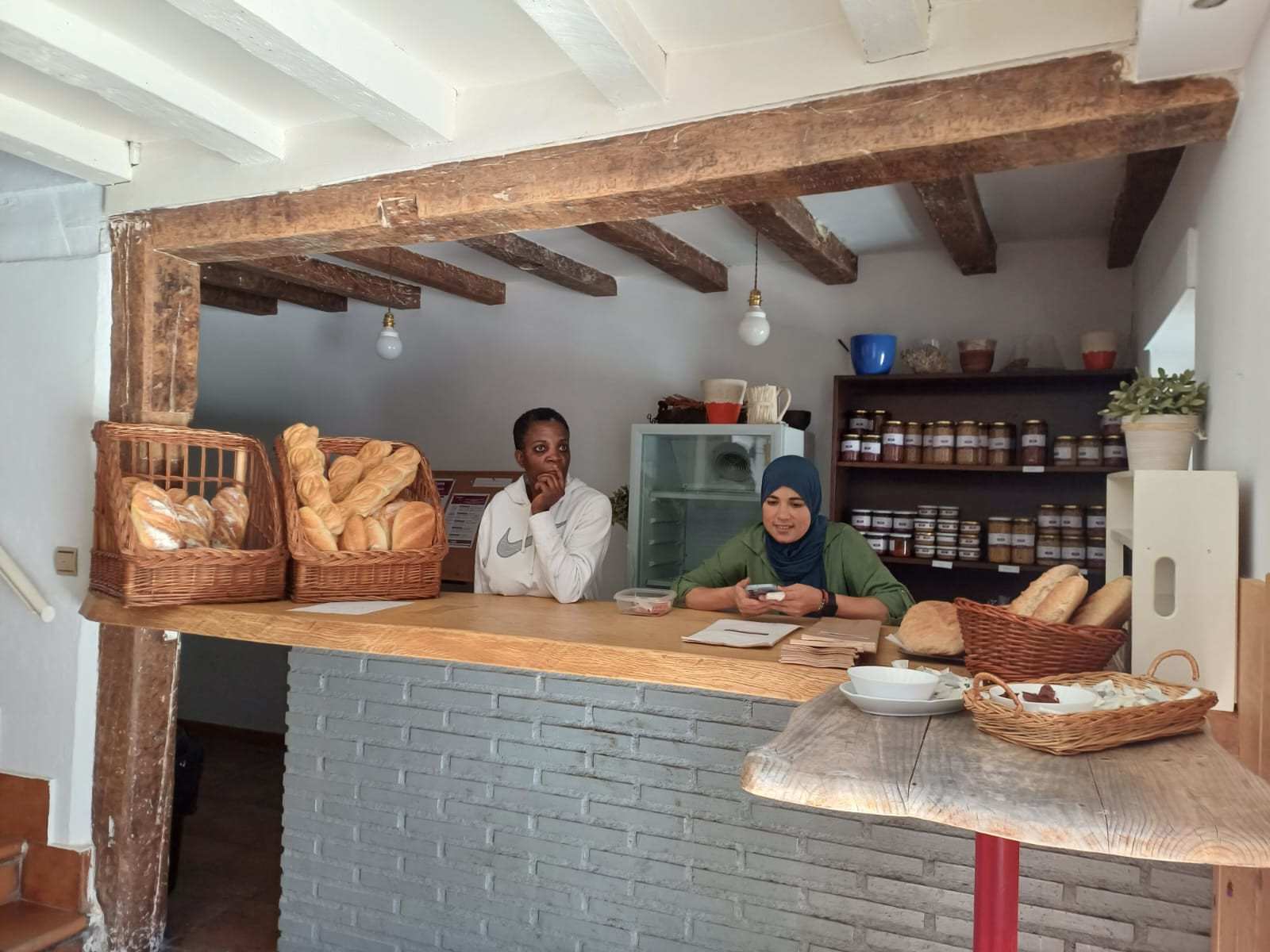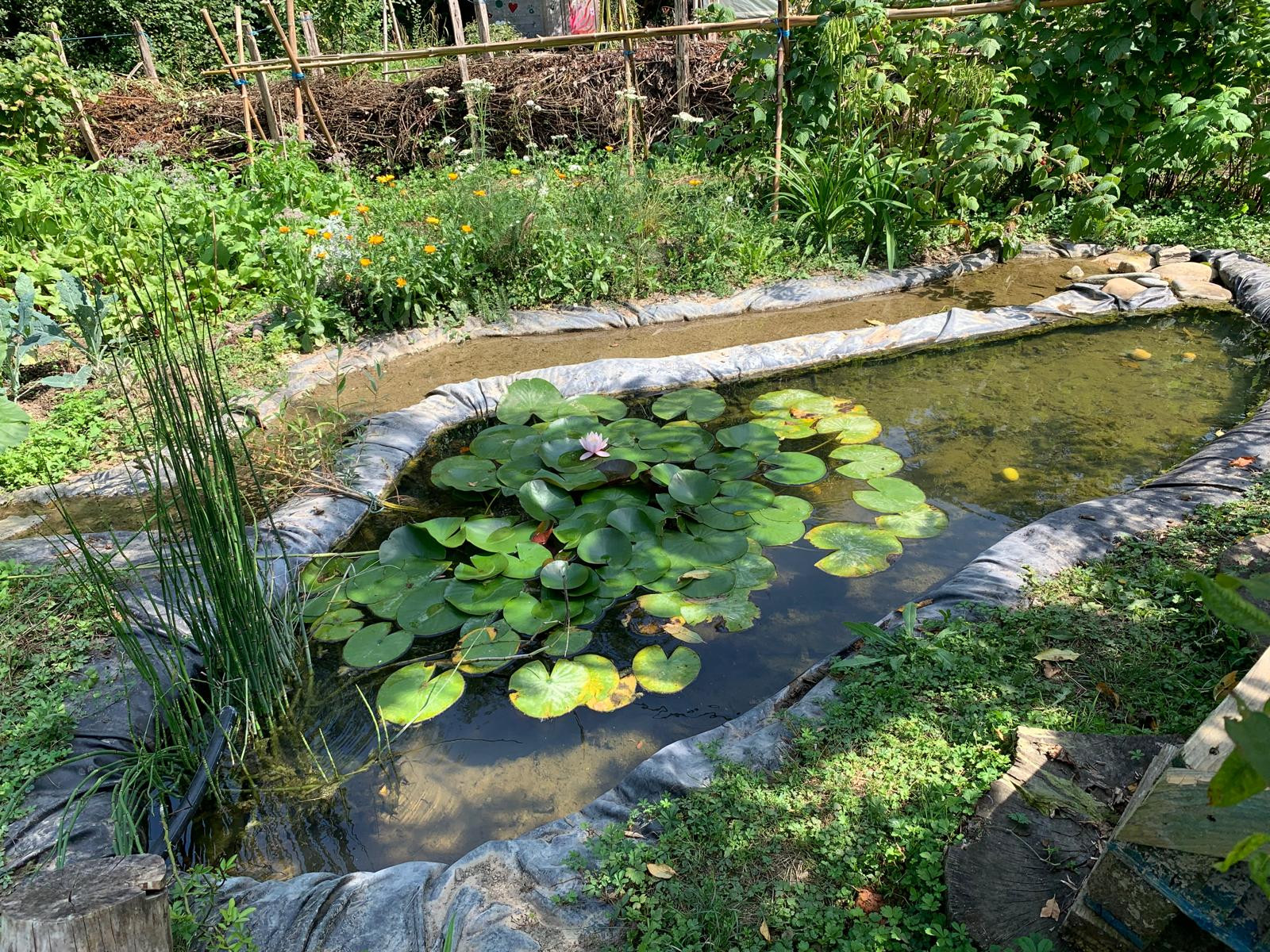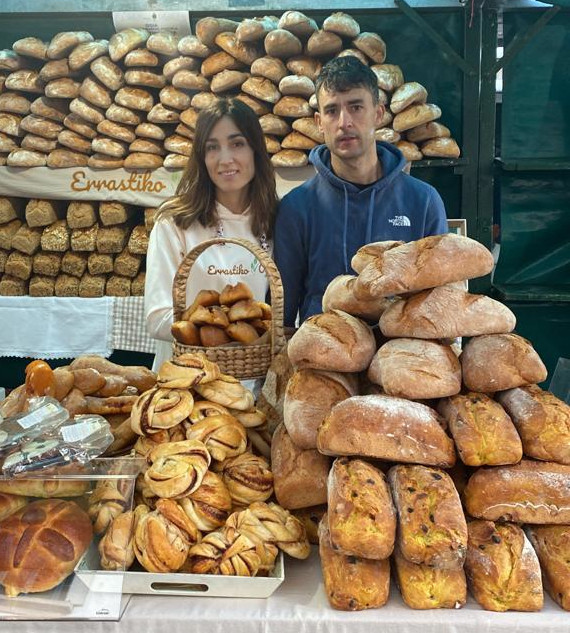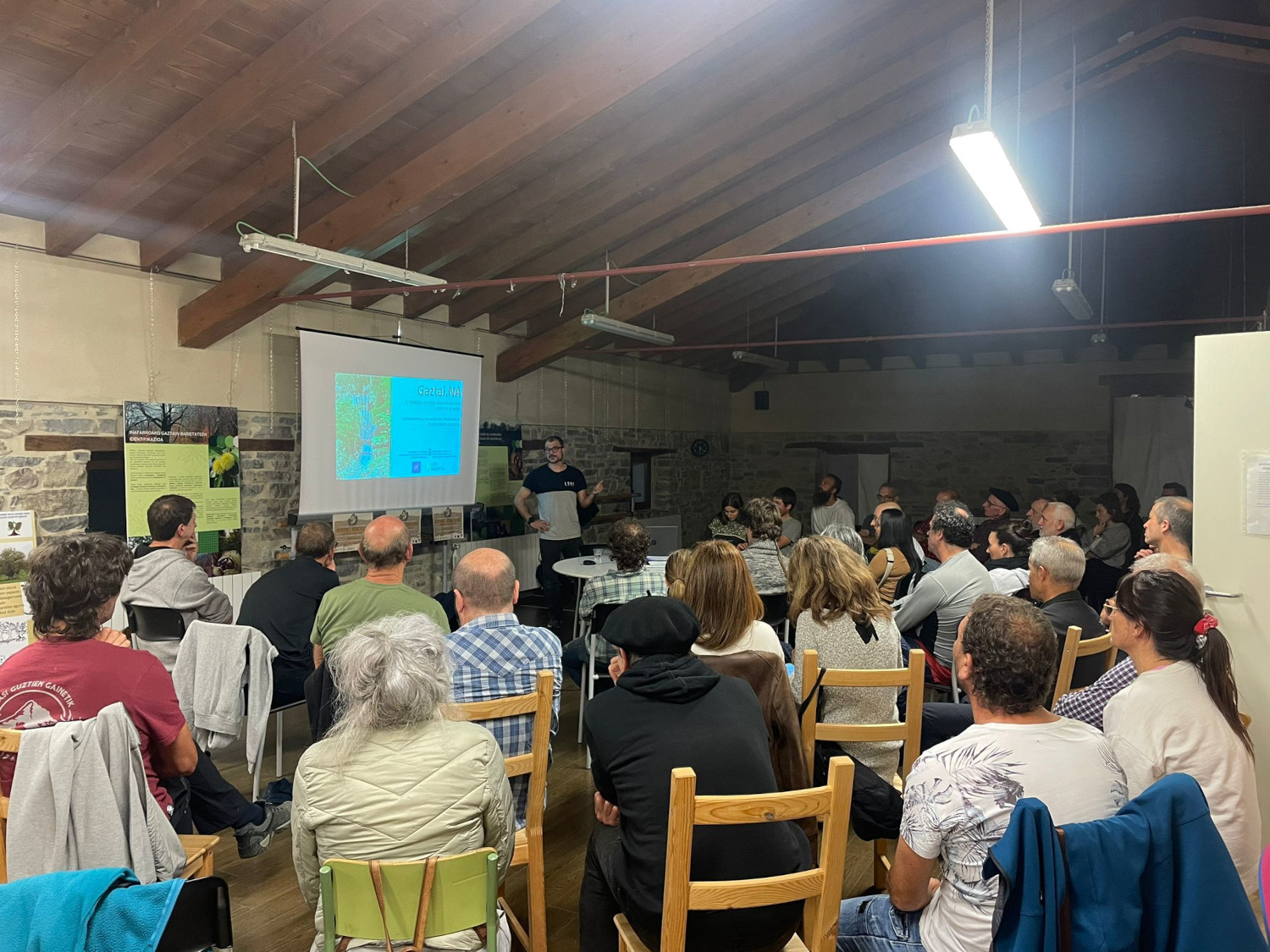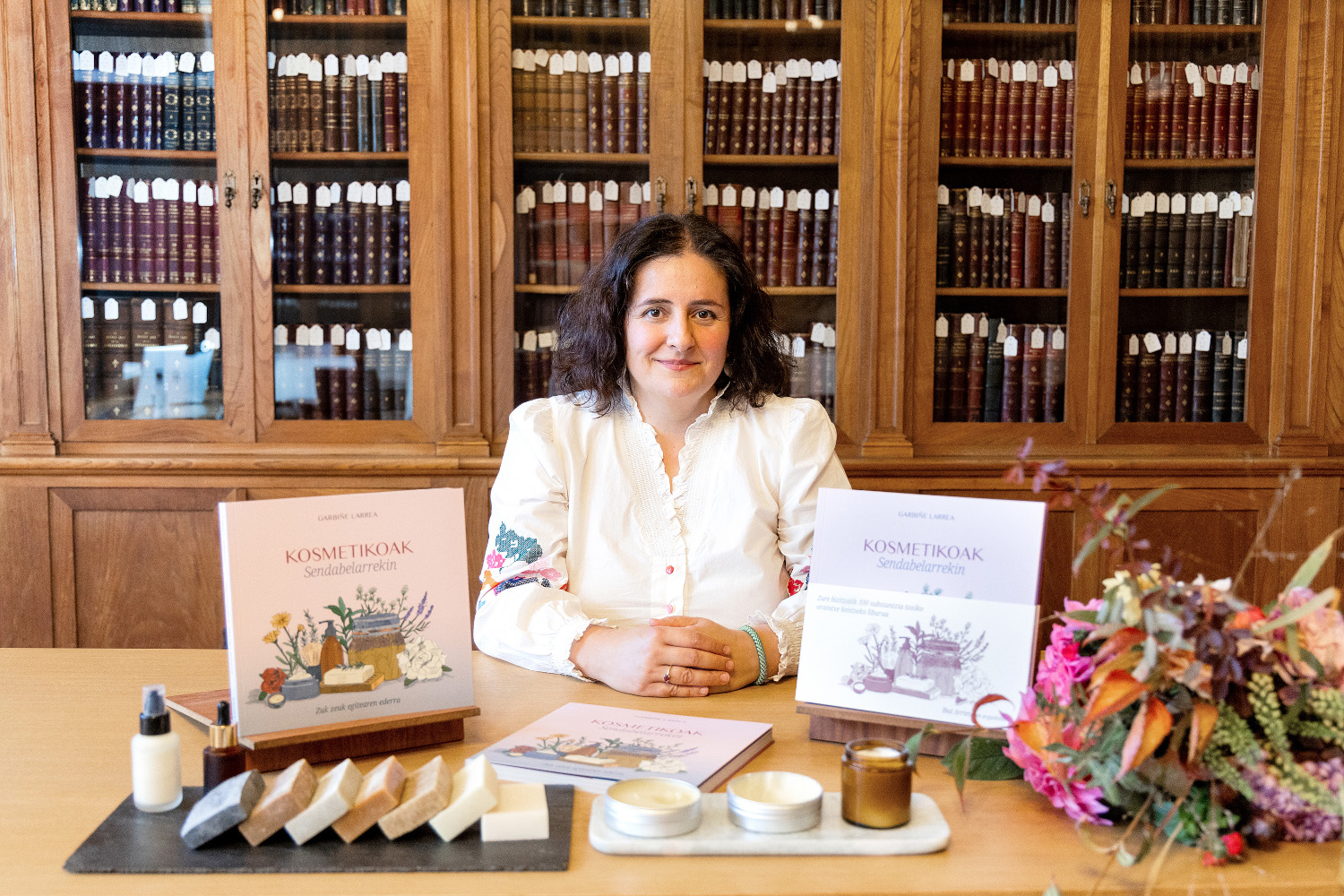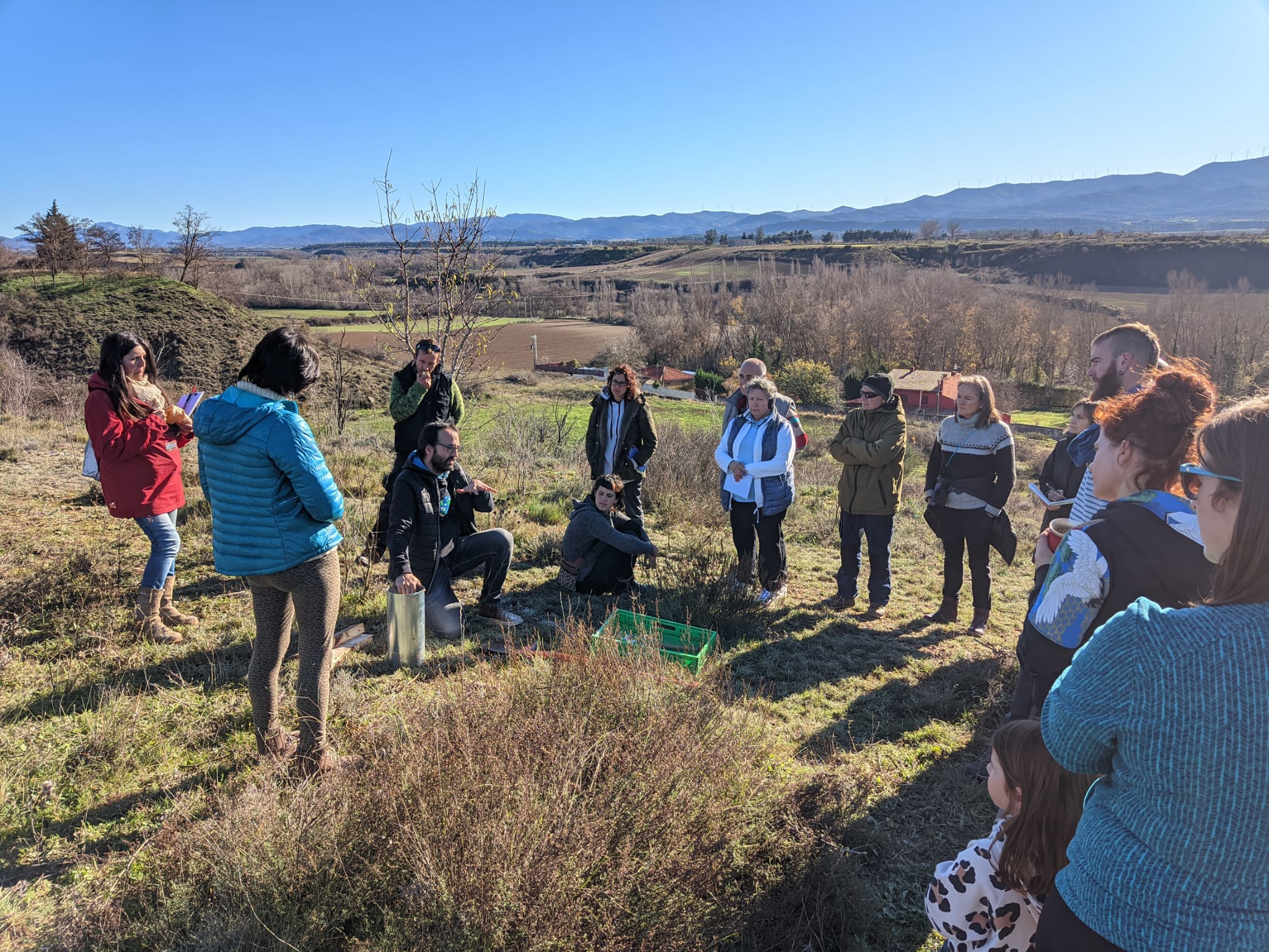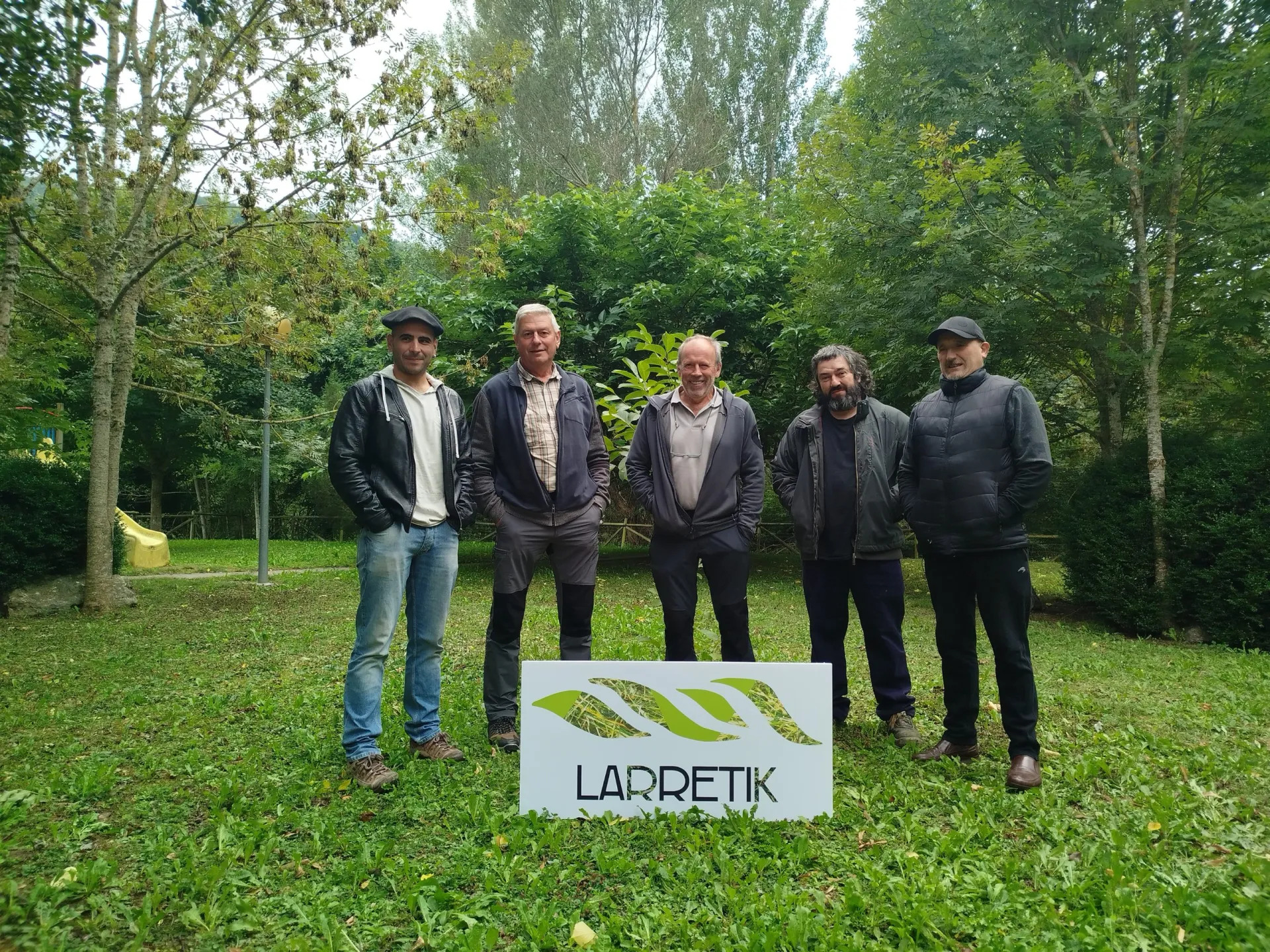What to do when the organic production crop is contaminated from the outside?

This is the question that Laboran producer Christophe Elissalde has asked us in recent years. Until then, he had left his job as a postman to dedicate himself to biological cultivation in household lands in 2016, after a year of training in agriculture. “I mainly produce boj bell pepper and some vegetables next door. It was clear from the beginning that he wanted to produce in biological cultivation,” explains the farmer. During these years, the producer has encountered an unexpected difficulty, but: a significant part of the production is contaminated by not using pesticides or chemicals. This pedestal is just one example, as many peasants and peasants who work in the ecological field do so in the production of other vegetables.
Commitment to the ecological
The farmer produces pepper on a plot of about 7,000 square meters and vegetables on an area of about 3,000 square meters. It does everything in the ecological model. “I think that’s the best thing for me, for my family, for my clients, for the land and for the environment.” It makes paprika with pepper and sells most of it to a French company. It also sells in the bio and live shops, but less.
The practice of organic production of peppers has difficulties in tackling some problems: “Cuckoos are our first problems, in order to combat this we must use natural products, as we do not use pesticides.” The same applies to worms, which do not use chemical fertilizers or lime. “In addition, in the biological we have a lot of work in removing grass, by hand or with tools, without herbicides,” he added.

Unable to certify the source of the problem
In 2016 he sold most of the paprika production to a customer, and his analyses showed that the product was contaminated. “The results said he was contaminated with three molecules, one of which in large numbers, so he could not sell it in conventional either.” 185 kilos of paprika were thrown that first year. In the second year he made the bell pepper in another puree and had no problem of contamination.
But last year, when it happened at the same height, the problem reappeared. He analyzed three samples of the paprika that he produced, two of which were contaminated by four molecules and the other by one molecule. Pollution may come from the surrounding or neighbouring lands, but this cannot be known with certainty: “With the wind, pesticides can go ten kilometers further, and depending on common sense, it is possible not to contaminate the purity that is very close and that is further away.” Without knowing where the problem comes from, it will be difficult to find a solution. And as Elissald says, “unfortunately we cannot change the practices of the neighbors and the surrounding area.”










